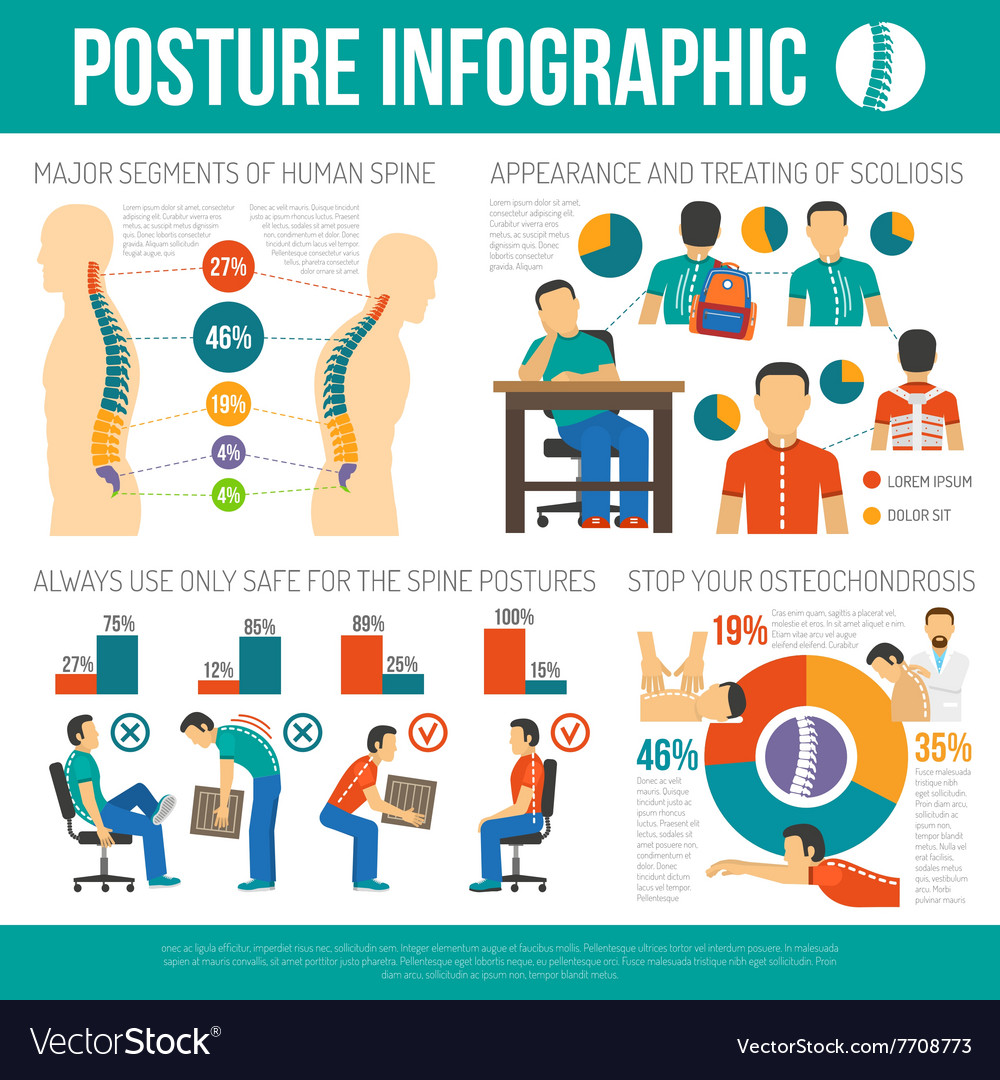Cold Laser Treatment Promises Pain Alleviation, However What Truths Exist Under The Misconceptions? Discover The Truths That Might Transform Your Recovery Trip
Cold Laser Treatment Promises Pain Alleviation, However What Truths Exist Under The Misconceptions? Discover The Truths That Might Transform Your Recovery Trip
Blog Article
Write-Up Author-
If you have actually been struggling with chronic discomfort, you could have become aware of cold laser treatment. It is essential to different truth from fiction prior to considering this treatment. Lots of people still think numerous misconceptions surrounding its efficiency. Understanding the clinical evidence behind cold laser therapy can clarify its possible advantages for pain management. So, what does the research truly state, and how might this treatment alter your technique to relief?
Common Myths About Cold Laser Therapy
What do you actually know about cold laser treatment? You may assume it's just a trend or that it's painful, yet that's much from the fact.
Several believe it's only reliable for small problems, while it can really help a selection of problems. read the article assume it's the same as traditional laser therapies, however cold laser treatment utilizes low-level light and doesn't produce warm, making it non-invasive and painless.
You could also hear that it's only for sure age, however individuals of all ages can profit. Finally, there's a misconception that it's unregulated, when in truth, lots of practitioners follow strict guidelines.
Understanding these misconceptions can aid you make an enlightened decision concerning discovering cold laser treatment for your discomfort alleviation.
Scientific Proof Supporting Cold Laser Treatment
Lots of false impressions concerning cold laser therapy can shadow its efficiency, yet an expanding body of clinical proof supports its use for pain relief.
Research studies have revealed that low-level laser therapy can minimize swelling, promote tissue healing, and reduce pain in problems like joint inflammation, tendinitis, and back pain.
Research published in trustworthy journals highlights exactly how cold laser treatment promotes cellular procedures, enhancing blood circulation and accelerating recuperation.
Medical trials consistently demonstrate substantial renovations in pain degrees and wheelchair for people undertaking this treatment.
You could find it guaranteeing that organizations like the FDA recommend specific cold laser devices, even more confirming their therapeutic potential.
As even more practitioners embrace this technology, the proof continues to mount, making it a practical choice for discomfort management.
Benefits of Cold Laser Treatment for Discomfort Management
As you explore discomfort monitoring choices, cold laser treatment attracts attention for its many benefits.
Initially, it's non-invasive, meaning you won't have to stress over surgical procedure or extensive healing times. This therapy promotes recovery at the cellular level, decreasing inflammation and pain effectively. gentle touch laser pelham without the negative effects typically associated with medicines.
Furthermore, cold laser therapy promotes enhanced blood circulation, boosting oxygen distribution and nutrient absorption in the affected area. ardsley pain management can bring about faster healing from injuries.
Numerous people report improved flexibility and feature, enabling you to go back to everyday activities sooner. In general, cold laser therapy uses a secure, reliable option for managing discomfort and speeding up healing.
Final thought
To conclude, cold laser therapy isn't simply a passing trend; it's a proven, reliable choice for managing discomfort and promoting healing. By debunking typical misconceptions and highlighting clinical support, you can see how this non-invasive treatment can enhance your wheelchair and general quality of life. If you're searching for a risk-free option to standard discomfort relief approaches, consider discovering cold laser therapy-- maybe the service you have actually been searching for.
